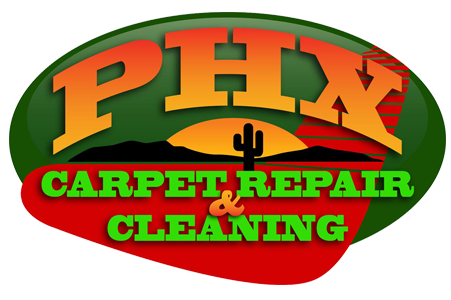Living a “green” or environmentally friendly lifestyle use to be considered a fringe idea that only radical environmentalist participated in.
Today living a “green” lifestyle is now considered the norm and permeates all aspects of our lives especially when it comes to government regulations.
Today over 275 cities, counties, tribes and states have “green” building code requirements that must be meet.
The stated goal of these green building codes is to conserve energy, save water, reduce CO2 emissions and make buildings healthier.
While these are laudable goals that should be celebrated and promoted, there is a tradeoff to consider when deciding to make your home more energy efficient.
Ironic Twist
Green building codes today promote energy-efficiency as a means to conserve energy. One of the most recommended solutions is to seal your windows/doors with caulk and weather-stripping.
While this is an effective way to conserve energy, reduce carbon emissions and save a few dollars in the short term, the long-term health effects of sealing up your home could negate all of that.
The adverse effect of having your home sealed up tight is your indoor air quality is going to be worse! The contaminants have nowhere to go.
It is ironic how promoting a cleaner outdoor environment produces an indoor environment that is more harmful to people.
Indoor Air and You
We spend much of our time indoors believe it or not. Did you know that most Americans spend around 93% of their life indoors?
This equals a lifetime of breathing in harmful volatile organic compounds, dust, mold, pollen and other contaminants. In fact, 72 percent of chemical exposure happens at home!
With the popularity of energy efficient homes growing, the indoor air quality in many homes today is poised to diminish significantly.
Prolonged exposure to contaminants such as VOCs and dust mites has been attributed to asthma, allergies, lung cancer and cardiovascular disease.
Home energy efficiency is still a worthy goal to pursue but keeping your home safe and healthy is going to require more vigilance.
So what can you do to improve your indoor air quality?
Improving Indoor Air Quality
Here are some quick tips that you can use to improve the indoor air quality in your home today!
- No smoking indoors
- Use low VOC paints
- Keep pet dander to a minimum
- Open a window to let in fresh air
- Ventilate Kitchen
- Use a HEPA Vacuum Cleaner
- Get a professional carpet cleaning!
Using a HEPA vacuum cleaner is the best way to keep your carpet clean between regularly scheduled professional carpet cleanings.
Vacuuming your carpet at least 1-2 times per week will keep contaminants in your carpet to a minimum.
Even though your carpet may look clean after you vacuum, we highly recommend a professional carpet cleaning every 12-18 months.
A professional carpet cleaning accomplishes two goals. One, It removes the bacteria, viruses, dust mites, dirt, mold and everything else hiding in your carpet.
Two, a yearly professional carpet cleaning is required by most carpet manufacturers to keep the warranty on your carpet valid.
We can help you achieve both of these goals today!
Phoenix Carpet Repair & Cleaning: We Keep Your Indoor Air Quality Pristine
Our professional carpet cleaning service will keep your carpets clean and your indoor air quality pristine!
So if you own an energy efficient home or considering buying one, you don’t have to worry about your indoor air quality suffering.
We are here for you! We can set you up with a regularly scheduled professional carpet cleaning right now!
Give us a call today at 602-688-4168 to talk to our office manager Kim! She will take good care of you!
If you are on the go, you can book your appointment online with your smartphone or tablet!
We are happy to answer any questions that you may have about our carpet cleaning, tile cleaning or carpet repair service!
We serve the following areas: Goodyear, Avondale, Peoria, Phoenix & Litchfield Park
Like Our Blog? Follow Us On Social Media!

